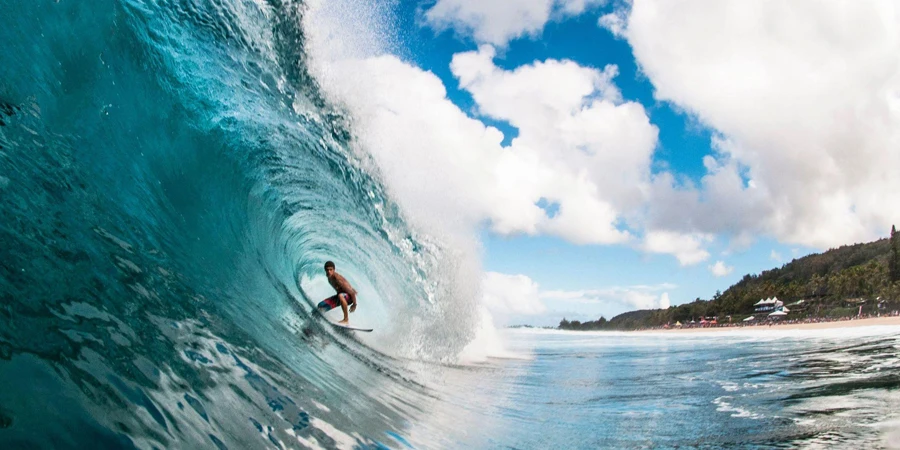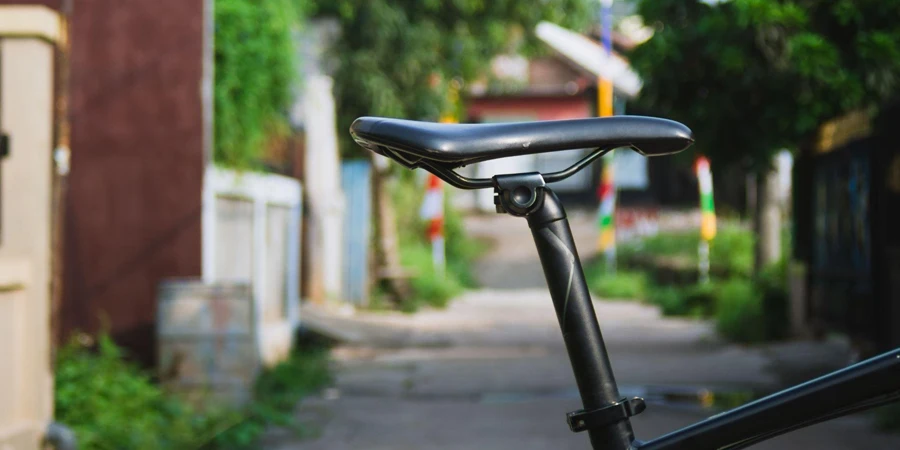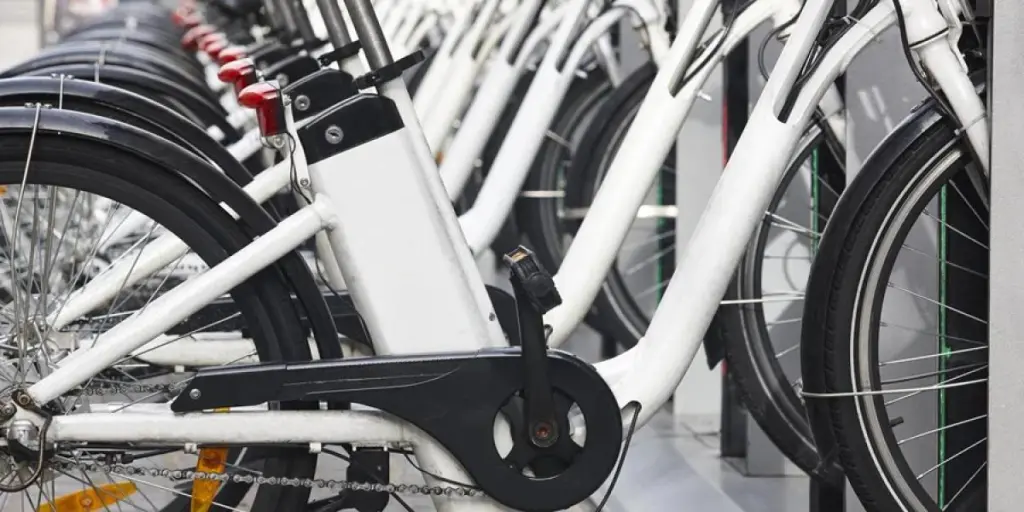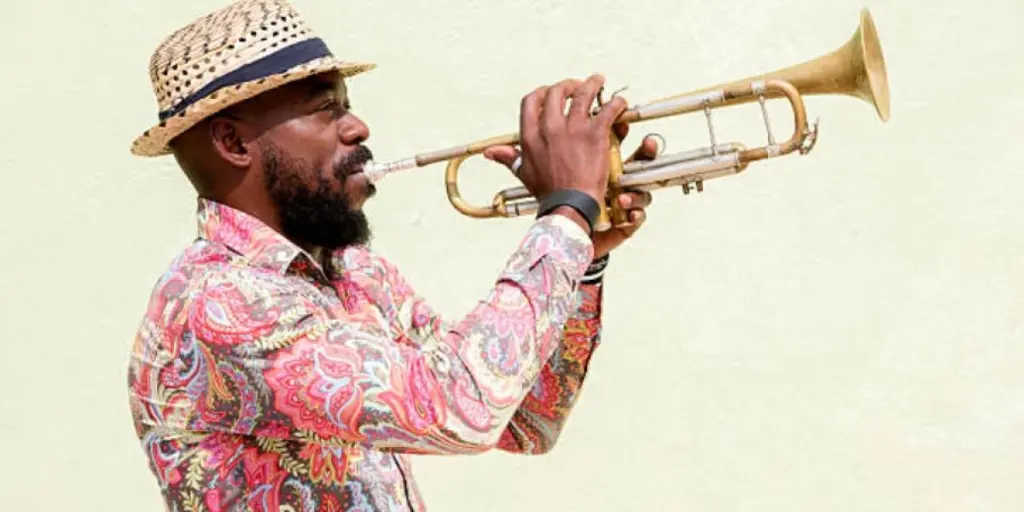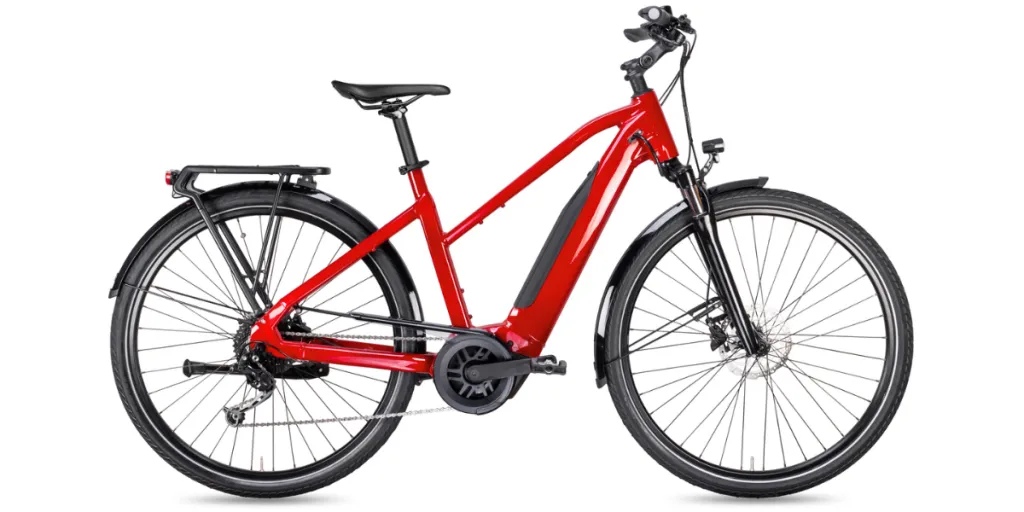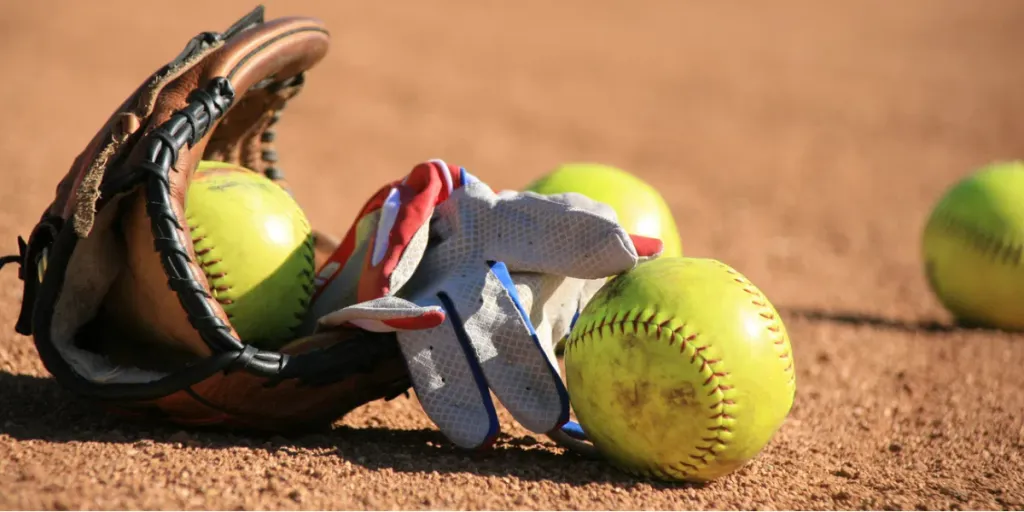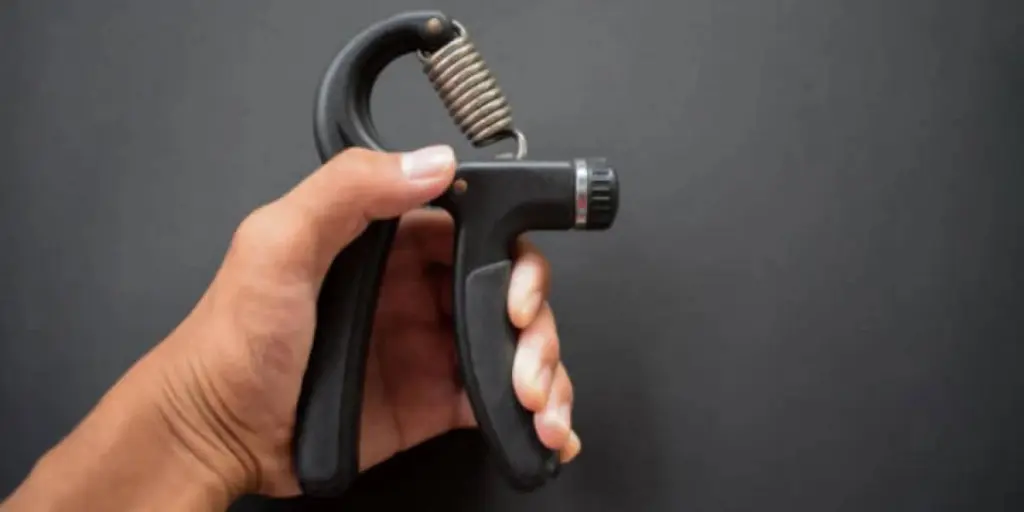Table of Contents
– Introduction
– Market Overview: Riding the Wave of Growth
– Innovations Transforming the Surfing Experience
– Top Picks for 2024: Models Making Waves
– Conclusion
Introduction
As we embark on the 2024 surfing season, the sport continues to evolve, driven by technological advancements, sustainability initiatives, and a passionate community of wave riders. This article explores the latest trends shaping the surfing industry, providing insights for businesses and enthusiasts alike.
Market Overview: Riding the Wave of Growth
The global surfing market was estimated at around $4.1 billion in 2022 and is projected to reach $5.5 billion by 2030, growing at a CAGR of 4% from 2022-2030. The surfing equipment market specifically was valued at $3.88 billion in 2020 and is expected to grow at a CAGR of 4.4% from 2021-2028. It is projected to reach $6.46 billion by 2024. In terms of regional market share in 2020, North America accounted for the largest share at over 47%, driven by the popularity of surfing in the U.S. The U.S. surfing market alone was estimated at $1.8 billion in 2022.
Asia-Pacific is the fastest growing regional market, forecasted to reach $2.4 billion by 2030 with a CAGR of 4% from 2022-2030. Asia-Pacific had a growth rate of 9.16% in 2019, the highest globally. Europe is another major market expected to grow at 3.6% from 2022-2030. Within Europe, Germany is forecasted to achieve a CAGR of 3.9%. By product segment, surfing boards accounted for the largest share and are projected to grow at a CAGR of 4.1% to reach $3.9 billion by 2030. Shortboards specifically made up over 47% market share in 2020. Key players such as Billabong, Quiksilver, and Rip Curl hold significant market shares, while emerging brands focus on niche segments and sustainable offerings.
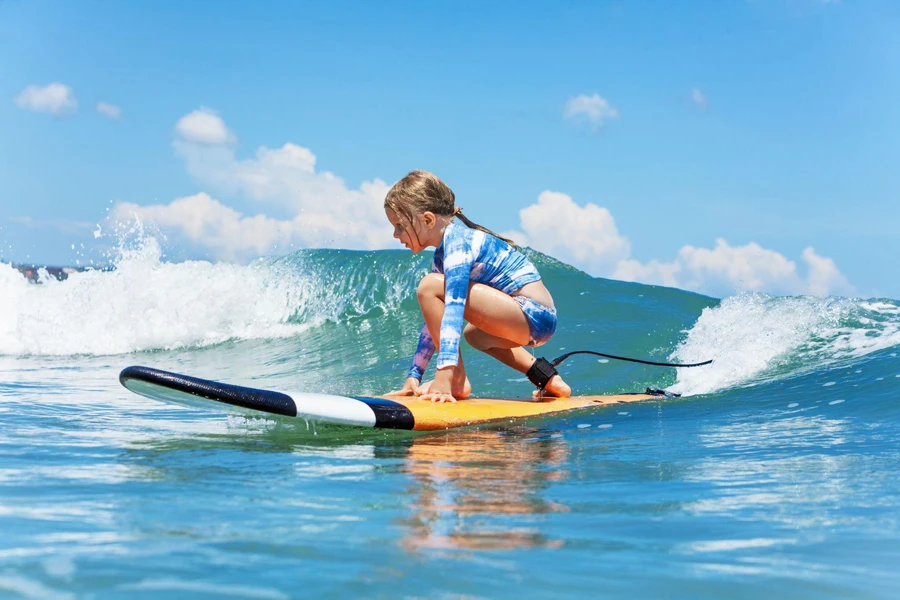
Innovations Transforming the Surfing Experience
Smart Surfboards: The Future is Connected
Smart surfboards, equipped with sensors and GPS tracking, are revolutionizing the way surfers analyze and improve their performance. These connected boards provide real-time data on speed, distance, wave count, and even swell height, enabling surfers to track their progress and make informed decisions. Embedded sensors can include accelerometers, gyroscopes, magnetometers, and pressure sensors to capture detailed motion data. This data is transmitted to companion mobile apps or web platforms where surfers can review their session with location maps, graphic charts, and 3D animations.
Leading brands like Firewire, Slater Designs, Pukas, and Rip Curl are at the forefront of this technological wave. Beyond performance tracking, smart surfboards are also being used for oceanographic research, with projects like Smartfin equipping fins with sensors to measure water temperature, salinity, pH and more, turning surfers into citizen scientists. As materials and electronics continue to advance, smart surfboard technology is expected to become increasingly sophisticated and integrated, reshaping how surfers engage with the waves and understand the ocean environment.
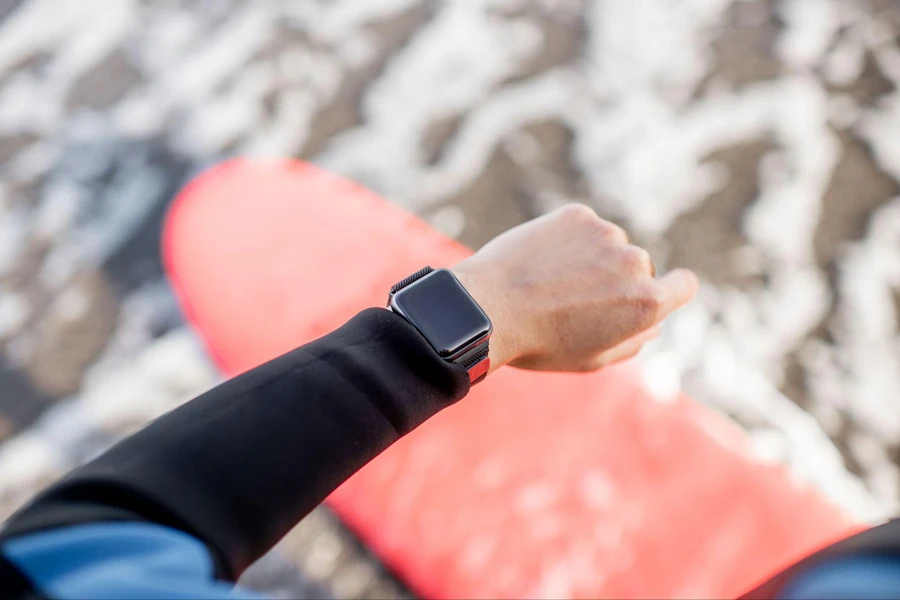
Eco-Friendly Materials: Surfing Goes Green
Sustainability is a key focus in the surfing industry, with brands increasingly adopting eco-friendly materials and production methods. Algae-based surfboards, recycled plastic fins, and organic hemp clothing are just a few examples of the green initiatives gaining traction. Brands like Patagonia and Vissla are leading the charge in sustainable surfing gear.
Algae-Based Surfboards
Traditional surfboards are made from polyurethane foam, which is derived from non-renewable petroleum sources and has a significant carbon footprint. To address this, companies like Paradoxal Surfboards and the University of California, San Diego have developed surfboards made from algae oil instead of petroleum. The algae-based polyurethane foam has a lower environmental impact and can match the performance of conventional surfboard materials. The process involves collecting sargassum algae from beaches, drying and crushing it into a thermoformable material suitable for 3D printing the surfboard core. The unique lattice structure inspired by algae nanostructures provides enhanced durability and flexibility. Paradoxal has even won awards like the Ocean Pitch Challenge 2023 for their innovative algae surfboard design.
Recycled Plastic Fins
Surfboard fins are traditionally made from virgin plastic or fiberglass, contributing to plastic waste. However, brands like Futures Fins, Rebel Fin, and Sieve Fins are now producing high-performance fins from recycled plastics, including recycled fishing nets and plastic bottles. Futures’ Alpha Netplus line incorporates Bureo’s NetPlus recycled fishing nets with their carbon fiber compound. Rebel Fin Co. uses 100% recycled plastic for their Provide The Slide thruster fin set. Sieve Fins, based in Germany, manufactures fins and accessories entirely from recycled materials collected locally.
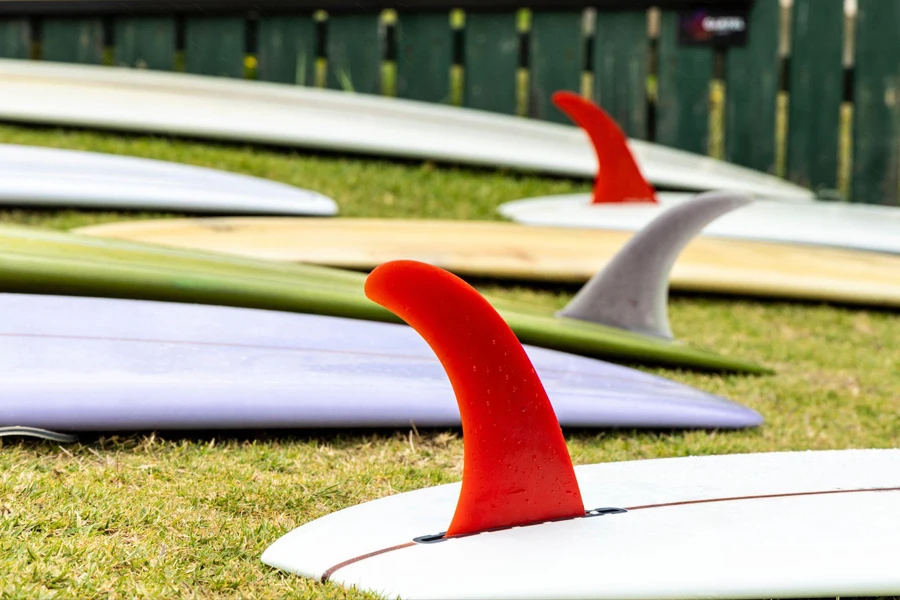
Organic Hemp Clothing
The surfing lifestyle demands comfortable and durable clothing, but conventional cotton has a significant environmental footprint. Brands like Patagonia and No Enemy have embraced organic hemp as a more sustainable alternative for their surf apparel lines. Hemp requires less water and no synthetic fertilizers to grow, making it more eco-friendly than conventional cotton. Patagonia blends hemp with organic cotton, recycled polyester, and TENCEL lyocell to create durable yet breathable fabrics for their workwear, t-shirts, and jackets. No Enemy specializes in organic cotton and hemp yoga and activewear with unique designs. Other brands like Afends, Mila.Vert, and Natasha Tonic are also producing stylish and sustainable hemp clothing, including denim jeans, reversible tops, and swimwear.
3D Printing: Customization Meets Performance
3D printing technology is making waves in the surfing world, enabling customized board designs and faster prototyping. This innovation allows surfers to tailor their boards to their specific needs and preferences, optimizing performance and style. Companies like Varial Surf and Wyve are pushing the boundaries of 3D-printed surfboards.

Top Picks for 2024: Models Making Waves
High-Performance Shortboards: Speed and Agility Redefined
Shortboards continue to dominate the high-performance surfing scene, with brands focusing on lightweight materials and refined shapes for explosive maneuvers. The Pyzel Ghost, JS Industries Monsta Box, and Channel Islands Fever are among the top-selling models for 2024, offering unparalleled speed and responsiveness.
The Pyzel Ghost is a streamlined, refined version of the popular Pyzel Shortcut. Its wide point forward outline and foam flow give it range in punchier surf while maintaining a maneuverable shortboard feel. The Ghost has a worldwide reputation for performing in sizable conditions but also excels in less than life-threatening waves. It features width and thickness placed perfectly under the chest for excellent wave-catching ability.
JS Industries’ Monsta Box is a versatile high-performance shortboard that combines the best features of the Monsta 6 and Blak Box 2. It offers quick, tight angle turns and maximum maneuverability. The Monsta Box features a single concave starting at the nose running into a double concave beginning in front of the fins, providing extra lift yet maintaining control in critical sections.
The Channel Islands Fever has its roots in Al Merrick’s trusted and proven high-performance shortboard designs. It features aggressive nose and tail rocker, medium rails, and a single to double concave bottom shape. The Fever is designed for explosive surfing in waves ranging from waist-high to well overhead.
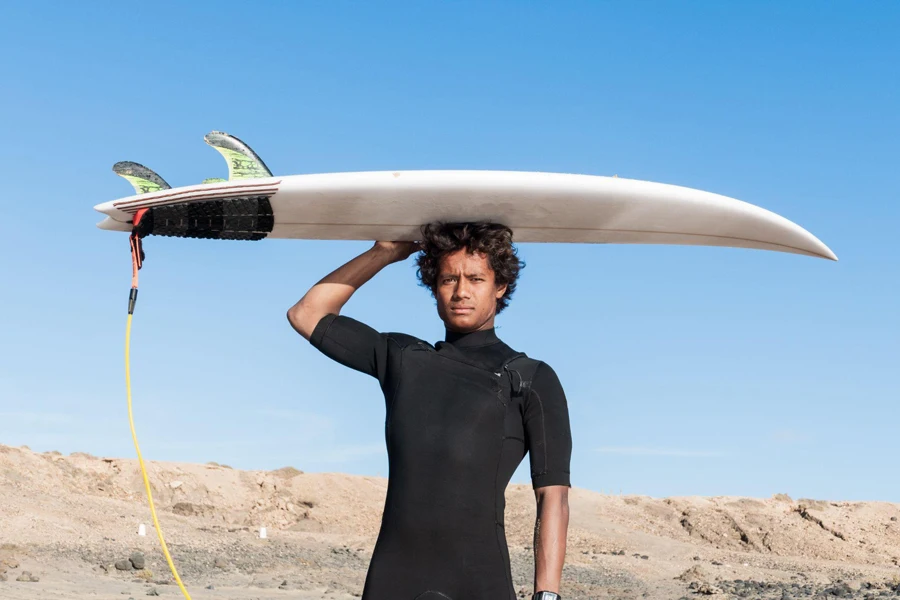
Longboards: Classic Style Meets Modern Innovation
Longboards are experiencing a resurgence, with surfers appreciating their smooth rides and nostalgic appeal. Modern longboards feature updated materials and construction techniques, enhancing durability and performance. The Bing Levitator, Almond R-Series, and CJ Nelson Designs Colapintail are standout models for the 2024 season.
The Bing Levitator is a classic nose rider design with a full outline and generous concave throughout the board. It features a slightly kicked nose and a full, rounded pintail for smooth transitions and effortless nose riding. The Levitator is crafted with a lightweight EPS foam core and glassed with Resin Research epoxy resin for added durability.
Almond Surfboards’ R-Series longboards blend retro aesthetics with modern performance. The R-Series features a refined rocker profile, a full nose with a rolled entry, and a slightly pinched tail for responsive turning. These boards are constructed with a recycled EPS blank and bio-resin, showcasing Almond’s commitment to sustainability.
CJ Nelson Designs’ Colapintail is a versatile longboard that excels in a wide range of conditions. It features a classic pintail design with a slightly wider outline and a rolled vee bottom contour. The Colapintail is built with a premium polyurethane blank and glassed with a high-density foam deck patch for added strength and longevity.
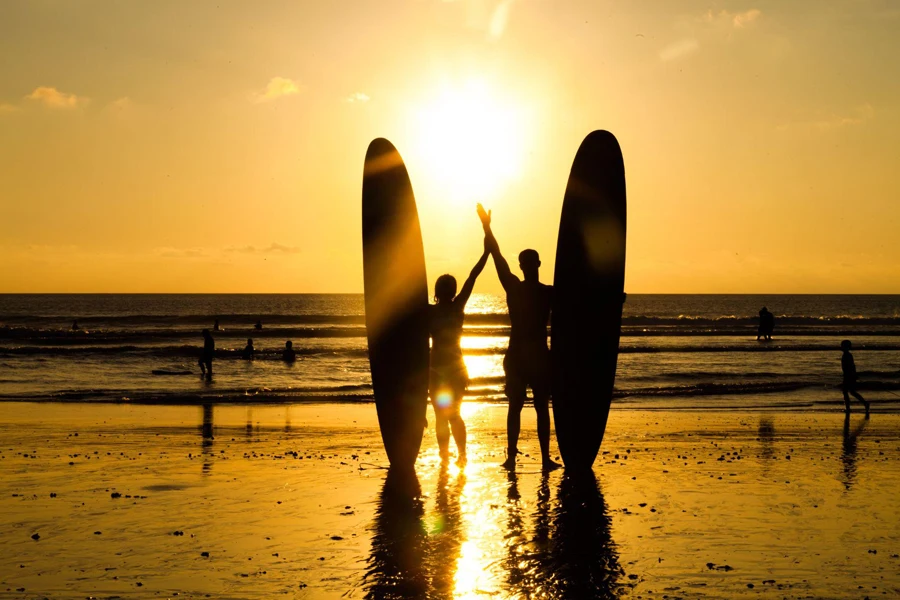
Hybrid Boards: Versatility for Every Wave
Hybrid boards, blending the best features of shortboards and longboards, are gaining popularity among surfers seeking versatility. These all-rounders excel in a variety of conditions, from small beach breaks to overhead swells. The Lost RNF Retro, Firewire Seaside, and Haydenshapes Hypto Krypto are top contenders in the hybrid category for 2024.
The Lost RNF Retro is a modern take on the classic “Retro-Neo-Fish” design. It features a full outline, flat rocker, and a unique dual-concave bottom contour that generates speed and lift in weaker waves. The RNF Retro is designed to be ridden shorter and wider than traditional shortboards, offering a balance of paddle power and maneuverability.
Firewire’s Seaside is a versatile hybrid that combines the glide of a fish with the performance of a shortboard. It features a parallel outline, low entry rocker, and a concave bottom that transitions to a double-barrel vee through the tail. The Seaside is built with Firewire’s Helium construction, which utilizes a lightweight EPS core and parabolic balsa rails for enhanced flex and responsiveness.
The Haydenshapes Hypto Krypto is one of the most popular hybrid designs in the world. This global best-seller is a fast and versatile all-rounder that adapts easily to various conditions. The Hypto Krypto features a wide nose, rounded pintail, and a flat entry rocker that transitions to a medium curve through the tail. It is constructed with Haydenshapes’ FutureFlex technology, which incorporates a parabolic carbon fiber frame for added strength and performance.
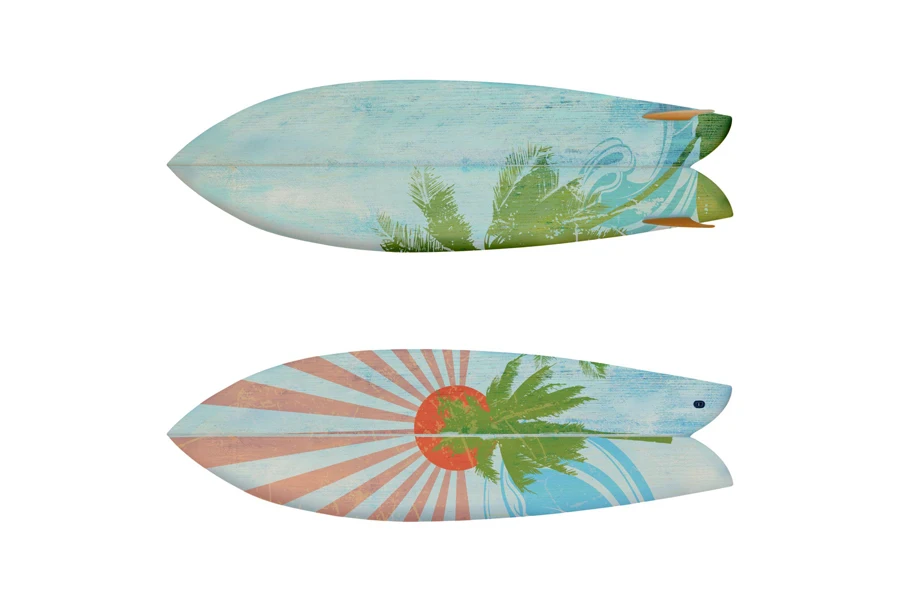
Conclusion
The surfing industry in 2024 is a dynamic landscape, shaped by technological advancements, environmental consciousness, and evolving consumer preferences. As businesses navigate this exciting wave of change, staying attuned to the latest trends is essential for success in the years ahead. Please hit the “Subscribe” button to check more articles related to your business and interests in sports.
